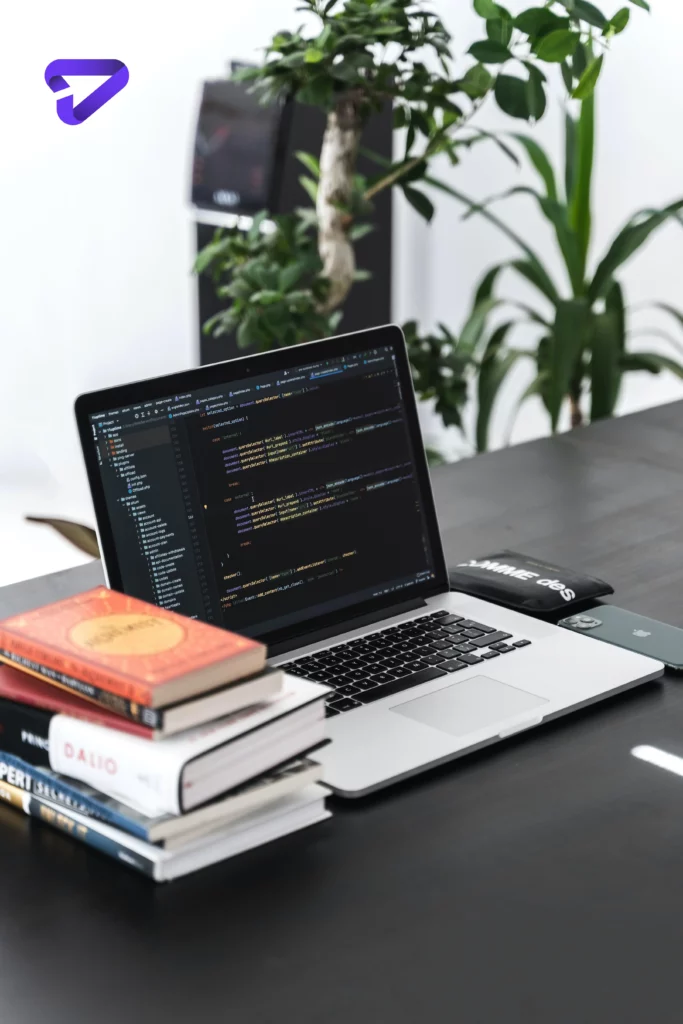
How to Learn Web Design?
The Complete Beginner’s Guide to Learning Web Design in 2024
Have you ever wanted to create your website or web application from scratch? Web design is a satisfying and extremely useful skill that helps you put your ideas to life online. However, for complete beginners, understanding web design might be scary. Where do you even begin?
This comprehensive book for beginners will teach you how to begin studying web design step by step, even if you have no prior expertise. We’ll go through everything from the fundamental abilities you’ll need to get started to free platforms for studying website design. By the conclusion, you’ll have a clear path to building your websites from scratch. So if you’re opting for web design how to start, read on.
Is It Difficult to Learn Web Design?
Is it easy to learn web design? First and foremost, website design is not a particularly difficult skill to learn if approached methodically. Anyone may begin studying the fundamentals of web design with the correct approaches and tools.
However, there is a learning curve. Website design incorporates various diverse elements, including:
- HTML – web page structure and content
- CSS – web page visual styling
- JavaScript – programming user interactions
So, is web designing easy or difficult? Being patient with yourself as you learn each new concept is essential. Break down more significant ideas into smaller, more approachable chunks. Most importantly, keep practicing by creating real-world tasks.
Can You Become a Professional Web Designer in a Month?
Can I learn web design in 1 month? While it is feasible to master the fundamentals in a month, being a competent web designer takes time. Most courses are designed to teach novices the fundamentals in 6-12 months.
Here’s what you should do during each month:
- Month 1: Study fundamental web languages such as HTML and CSS.
- Months 2-4: Create websites and apps to practice abilities.
- Months 4-6: Study advanced techniques like JavaScript and frameworks.
- Months 6 and up: Develop portfolio projects, network, and seek jobs.
Allow at least six months to progress from complete novice to possessing the skills required for an entry-level website design career. Be patient and committed to constantly developing during that time frame.
How to Begin a Free Web Design Course?
Now, let’s address the question that many of you have: how can I learn web design? One of the best aspects of web design is that all technologies are free and open source. This means you can begin learning with no money outlay.
How do you learn web design for free? Here are the most fantastic free resources for learning web design:
Online Courses for Free
Platforms such as Coursera, edX, Udacity, and Skillshare provide free online website design classes for beginners. Top institutions provide courses in HTML, CSS, JavaScript, and other topics.
Tutorials on YouTube
YouTube contains an infinite number of tutorials for all ability levels. Search for topics you wish to learn about and sort by popularity and date.
Coding Challenges for Free
Solve free coding tasks on services like freeCodeCamp and Codecademy to get experience. These will also educate you on new ideas.
Web Design Documentation
MDN Web Docs and W3Schools provide extensive free HTML, CSS, and JS documentation.
Create Practice Projects
Build practice projects after understanding the fundamentals to improve. You can recreate website designs or construct essential web apps using your talents.
Making a Learning Plan for Web Design
As a total beginner, the following are the essential principles you should include in your personalized learning roadmap:
Master the Basics Before Moving On
Begin by learning basic web languages such as HTML, CSS, and JavaScript. This provides you with the necessary tools to begin constructing. At this stage, concentrate on concepts rather than specific tools.
Mini-Projects for Skill-Building
Practice will help you to remember what you’ve learned. Create mini-projects like landing pages, personal websites, and web forms to practice your skills.
Create a Portfolio Website
Make a portfolio website to exhibit your work. This gives you a tangible result to demonstrate the skills you’ve acquired thus far.
Learn a CSS Framework
Improve your styling skills by studying a CSS framework such as Bootstrap. Frameworks facilitate responsive design and accelerate development.
In-Depth JavaScript Training
Dive deep into sophisticated JavaScript. Discover DOM manipulation, asynchronous JS, ES6+, and frameworks like React. These are the engines that drive current online applications.
Networking and Job Applications
When you’re ready, create a CV and portfolio and apply for junior web developer jobs. To locate chances, reach out to companies directly and network.
The idea is to allow oneself enough time to learn each subject and tool thoroughly. Don’t go on to more advanced material unless your foundation is established.
Is Self-Learning Web Design Possible?
Can I teach myself web design? Why not? As previously stated, you may learn web design at your own pace and method. While a degree or bootcamp credential can be beneficial, many excellent web designers are self-taught.
Skilled web designers will be in high demand in 2023. Many organizations will recruit you without formal credentials if you can demonstrate your skills with a solid portfolio of work.
To succeed, make sure that you:
- Set aside consistent learning time each day or week. Consider it a part-time job.
- Create projects that become more sophisticated over time. This demonstrates skill development.
- Learn valuable skills such as JavaScript frameworks and responsive design.
- Attend events and conferences to network and create relationships.
- Only apply for employment if you are confident in your technical abilities.
While self-learning requires dedication, it is entirely attainable with the appropriate method. Tools are available to help you learn what you need to know from the comfort of your home.
Conclusion
Even if you’re starting, web design isn’t as difficult as it might seem initially. Give yourself six months to learn the fundamentals before applying for jobs.
Take advantage of the numerous free tools, such as online classes, YouTube tutorials, and coding challenges. Create real-world projects to put your abilities to use. Work on developing a portfolio to show what you’ve learned.
While a degree or boot camp can be beneficial, self-learning web design abilities are attainable if you put in the effort. Equip yourself with the in-demand talents employers will seek in 2023.
The expense will be well worth it. Web design is a highly gratifying and profitable career choice.
As a Charlotte website design services provider, we are here to create a one-of-a-kind website based on your ideas and preferences. Talk to an expert now to find out more about our customized solutions.
Please follow us on Instagram.










